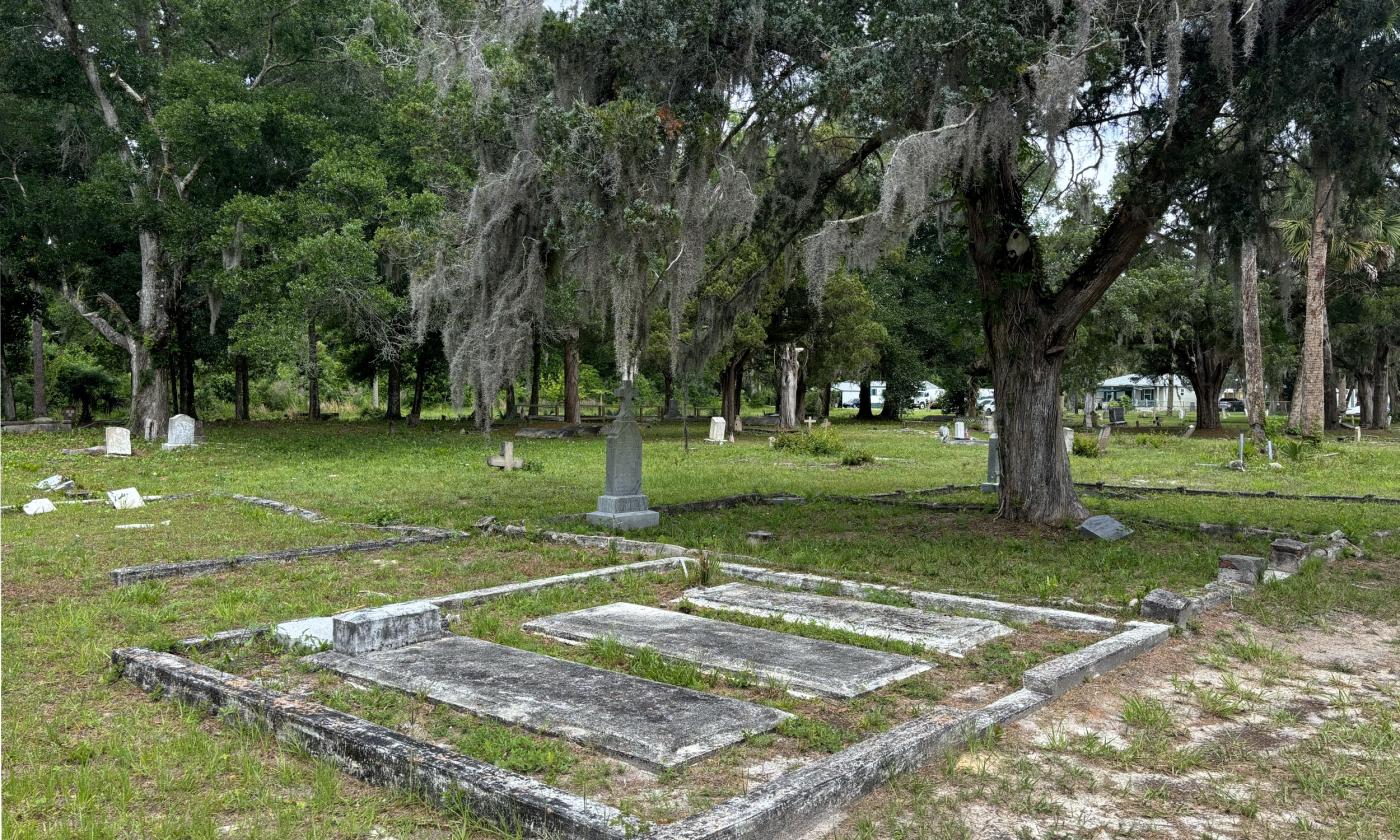
Pinehurst and San Sebastian Cemeteries
Historic Black cemeteries dating back to the 1800s.
Pinehurst and San Sebastian Cemeteries
Accessed via Pearl Street, across from the intersection of Pearl and N. Nassau, only a sign separates Pinehurst from the newer San Sebastian. Evergreen Cemetery is to the south.
Pinehurst dates back to the 1840s, while the San Sebastian and Evergreen cemeteries were established in the 1880s. All three provided a final resting space to St. Augustine residents when the urban cemeteries became overcrowded.
The Differences Between Pinehurst, San Sebastian, and Evergreen Cemeteries
Visitors will notice several differences between Evergreen, the historically White cemetery, and the two cemeteries for African Americans.
Today, the West Augustine Improvement Association is committed to saving and preserving these historic African American cemeteries. However, these cemeteries were not maintained for years, and their appearances are markedly different from the manicured lawns, winding pathways, and preserved monuments found at Evergreen Cemetery.
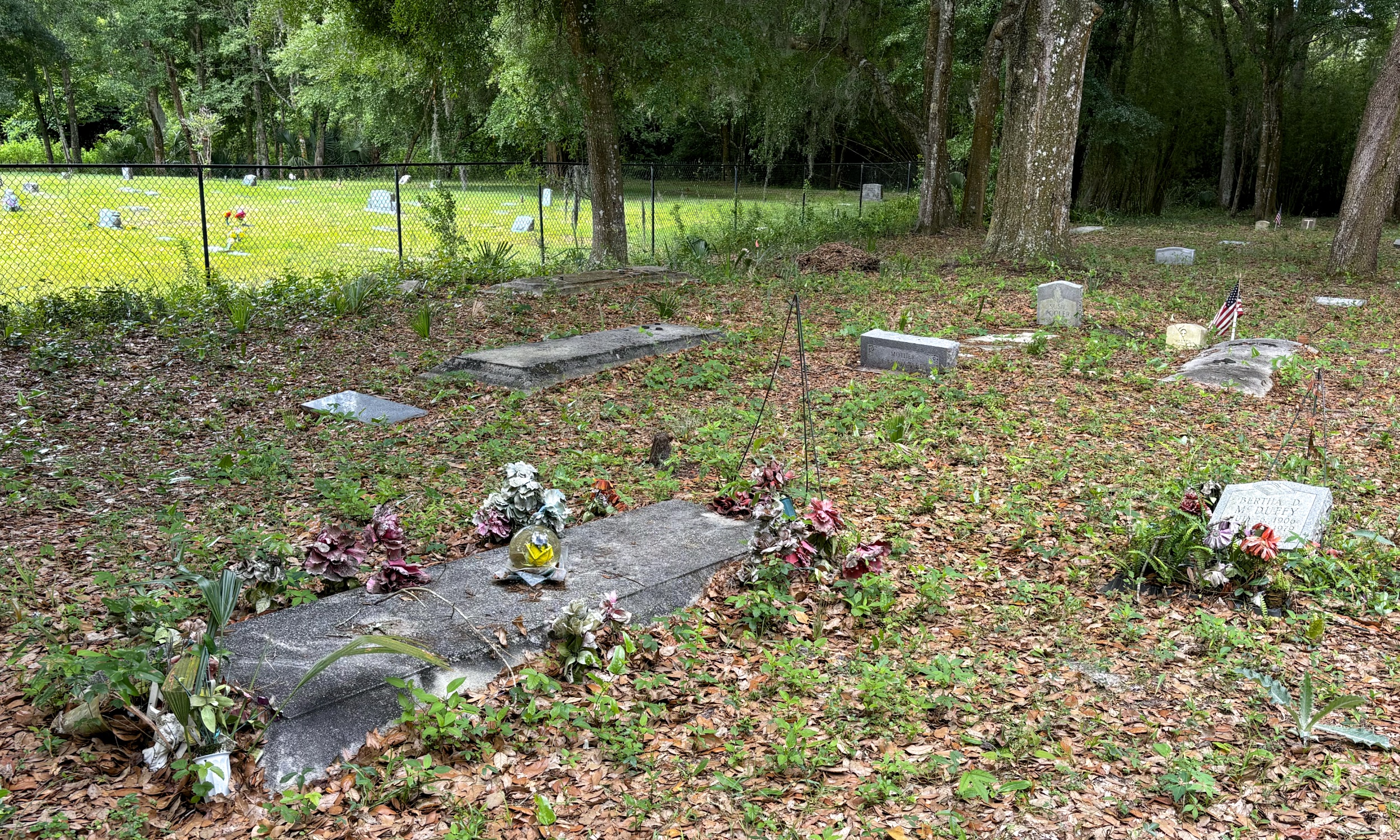
Design
While Pinehurst and San Sebastian have no easily identified plan and no sections separated by roadways, Evergreen has a distinct design.
Evergreen's park-like appearance was influenced by the Victorian Era's Rural Cemetery Movement that stressed commemorating the dead through tranquil landscapes and well-planned pathways.
Monuments and Markers
Similarly, the Evergreen cemetery features large monuments that include praying angels, flower motifs, and Celtic crosses.
While in contrast, the Pinehurst and San Sebastian cemeteries have less ornate carved headstones, and even home-made poured concrete markers adorned with palms and shells. Many of the original markers were wooden (in headstone or cross shapes) and have deteriorated over time.
Memorial Trees
The graves in the Pinehurst and San Sebastion cemeteries are nestled among the trees (oaks, cedars, and palms).
Indeed, the African American tradition of planting a tree instead of erecting a stone monument has resulted in several gravestones now leaning over thick tree roots.
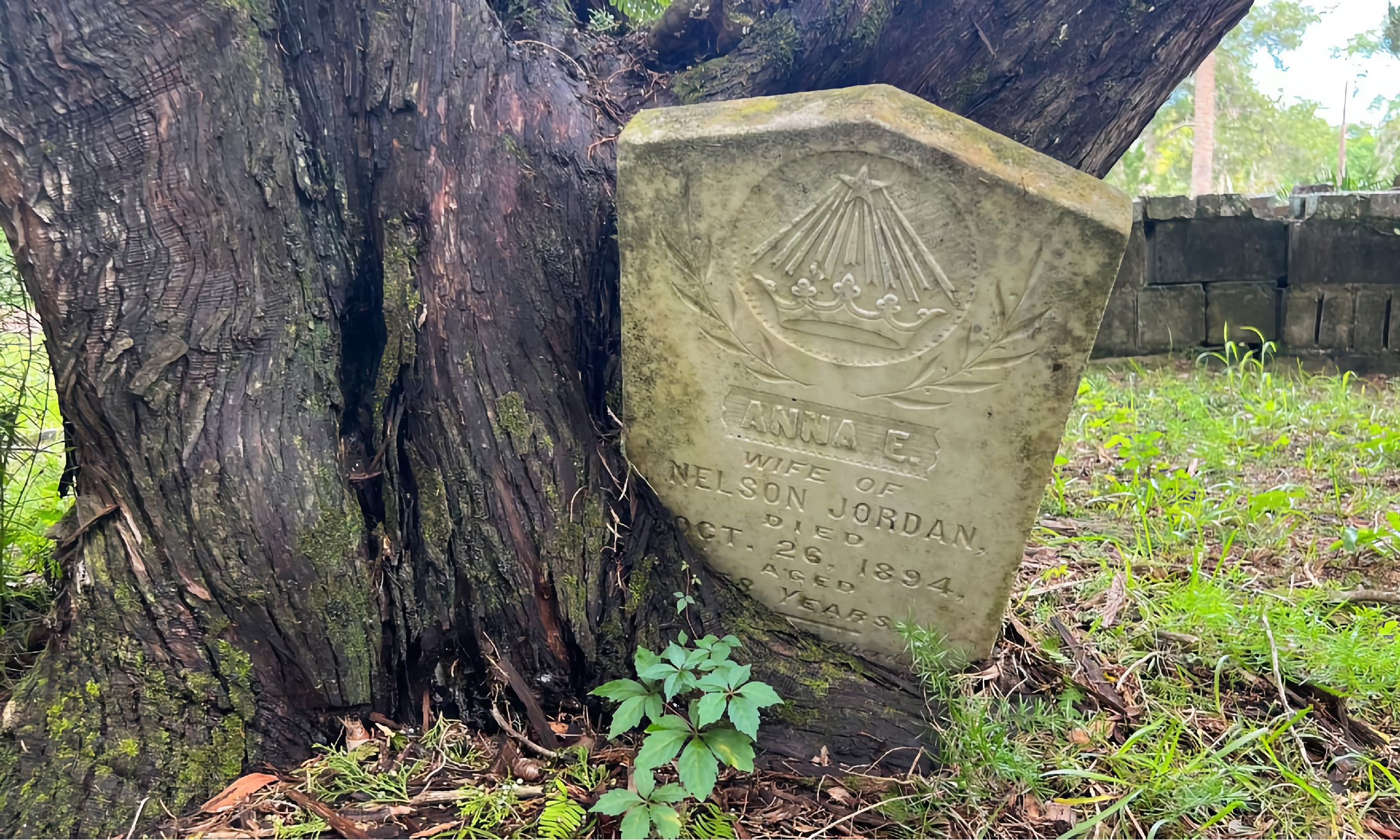
The Lost Black American Cemeteries
Throughout Florida and the United States, hundreds of Black American cemeteries were lost due to the construction of government properties, urban renewal, and a disregard for the Black communities and their history.
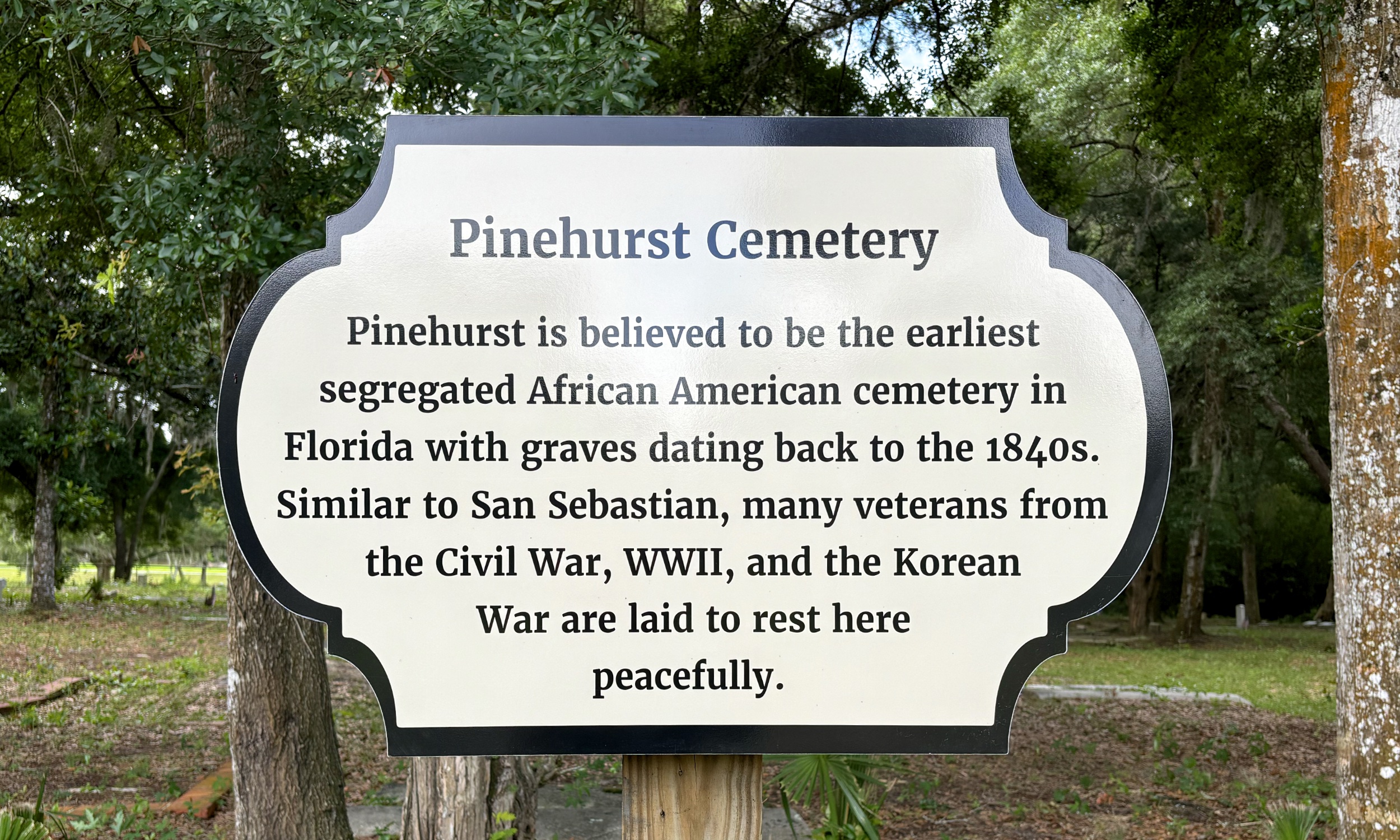
According to an article by Allison C. Meier in the April 2024 edition of The Art Newspaper,
"Countless African American Cemeteries have been deliberately forgotten, destroyed, or damaged. The tally is impossible to determine due to the lack of attention to their care. While historic Black cemeteries face the same challenges as all historic cemeteries, such as the loss of funds for upkeep once burials stop, they have also been subject to the structural racism that has marginalised (sic) Black people going back to slavery."
While both Pinehurst and San Sebastian cemeteries have fallen into disrepair, we are fortunate they were not victims of urban development or intentionally destroyed.
Perhaps this is because the cemeteries are on land that was far enough from town and adjacent to the Evergreen Cemetery, making it less valuable for development.
To learn more about Black cemeteries that have been lost in Florida and the rest of the country, visit the website of the Black Cemetery Network.
Grave Markers at Pinehurst and San Sebastian
Some graves have commercial headstones, while others have concrete stones and crosses made by the family to honor their loved ones.
A few of the oldest stones have a chain carved into the concrete, signifying the deceased had been enslaved. Some of those stones have items stuck to the top or lying in the dirt, particularly conch shells and scallop shells.
Enslaved Africans living in America (especially in the Gullah Geechee Corridor in the Southeastern Lowcountry) believed that seashells were the symbols of immortality and water. They were placed at graves as a way to guide the deceased back home in the afterlife.
People Interred at Pinehurst and San Sebastian
Generations of Black St. Augustineians have been interred at these historic cemeteries, with burials officially stopping in the 2010s. Some gravestones have survived, while others are unmarked.
Veterans from every war from the Civil War through World War II are buried at Pinehurst/San Sebastian. Local caretakers still place American Flags on the known veterans' graves.
Mae Starks Kelly (approx 1895 - 1975)
A successful Black American businesswoman was laid to rest at Pinehurst next to her husband, Frank. Mae Starks Kelly and Frank lived at 83 Bridge Street from 1955 through 1968.
The small two-story home, with only four rooms, was listed in Victor Hugo Green's Green Book. The Kellys rented a room to out-of-town African American travelers—one of only two known Green Book travel stops in St. Augustine.
According to historian David Nolan, "The Kelly Tourist Home was still in operation in 1964. Many out-of-town civil rights supporters who came for demonstrations and other events stayed there."
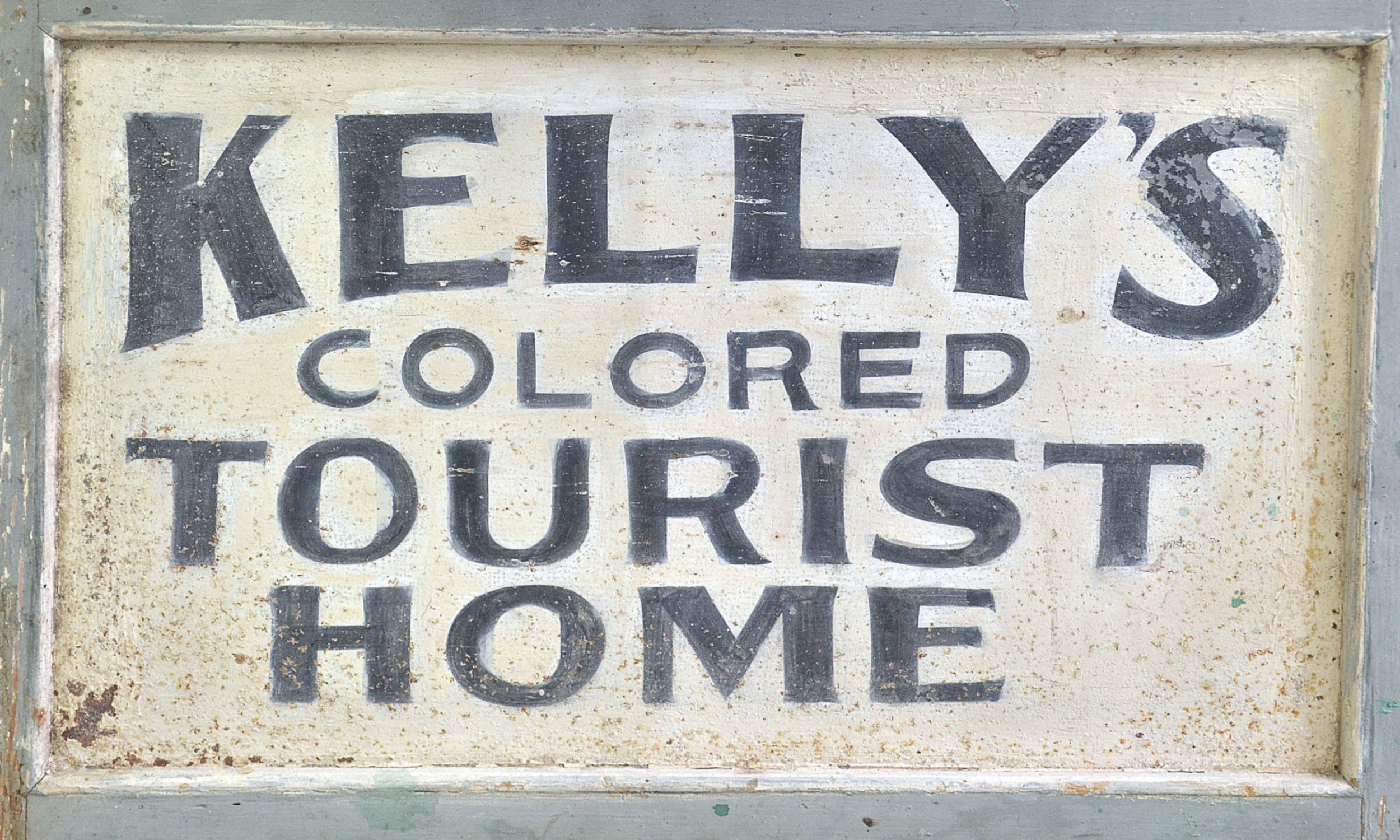
WAIA: Community Caretakers
The West Augustine Improvement Association (WAIA) was founded in 1956 by Nellie Meade out of concern for the upkeep of West Augustine's cemeteries and has since become an association that focuses on the betterment of the entire neighborhood.
The non-profit association acquired the deeds to both cemeteries and is committed to preserving them and to learning more about the people buried there. The association raises funds to preserve the cemetery and hosts clean-up events.
Visit the West Augustine Improvement Association's website for events, articles, and more.
Resources
Online Resources
Help Save Lost Graves at St. Augustine Cemeteries — GoFundMe Page
"The Clark Sisters at the Pinehurst and San Sebastian Cemeteries," 2023 blog post from the West Augustine Improvement Association.
"Pinehurst and San Sebastian cemeteries home to unsung heroes," 2015 article from the St. Augustine Record.
"New Headstones at the Pinehurst & San Sebastian Cemeteries," 2024 blog post from the West Augustine Improvement Association.

